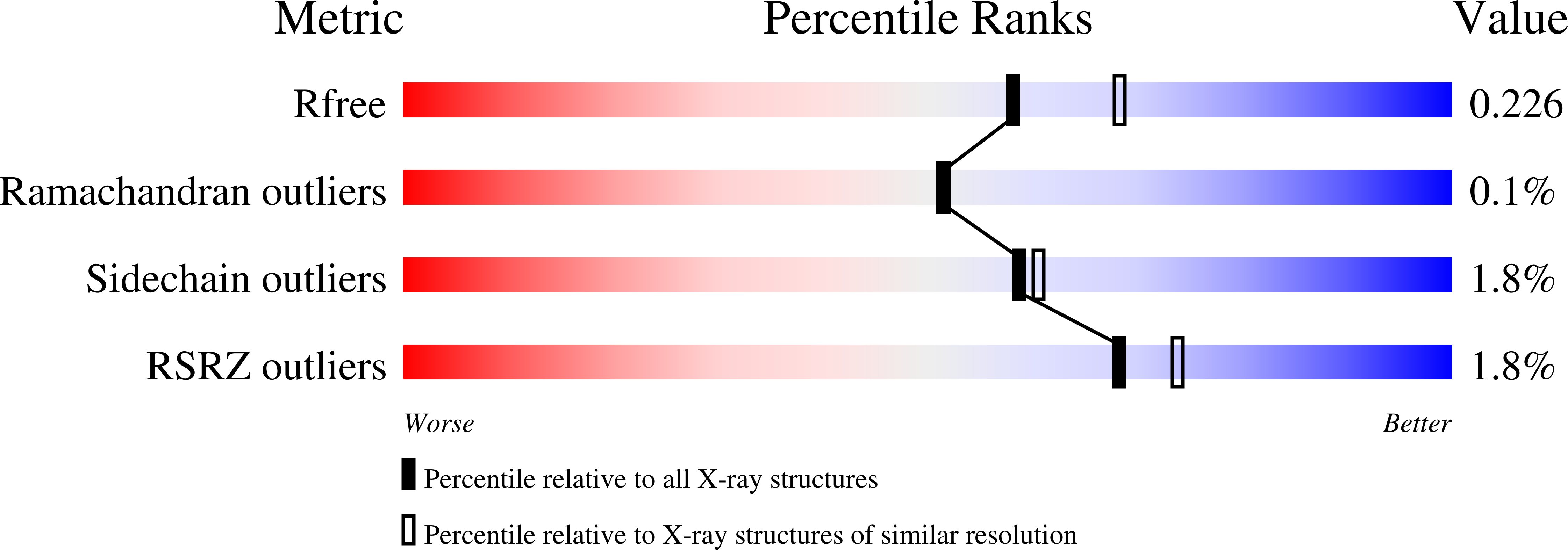
Deposition Date
2022-12-15
Release Date
2023-12-27
Last Version Date
2025-02-26
Entry Detail
PDB ID:
8BZL
Keywords:
Title:
Human 20S Proteasome in complex with peptide activator peptide BLM42
Biological Source:
Source Organism:
synthetic construct (Taxon ID: 32630)
Homo sapiens (Taxon ID: 9606)
Homo sapiens (Taxon ID: 9606)
Method Details:
Experimental Method:
Resolution:
2.14 Å
R-Value Free:
0.22
R-Value Work:
0.19
Space Group:
P 21 21 21


